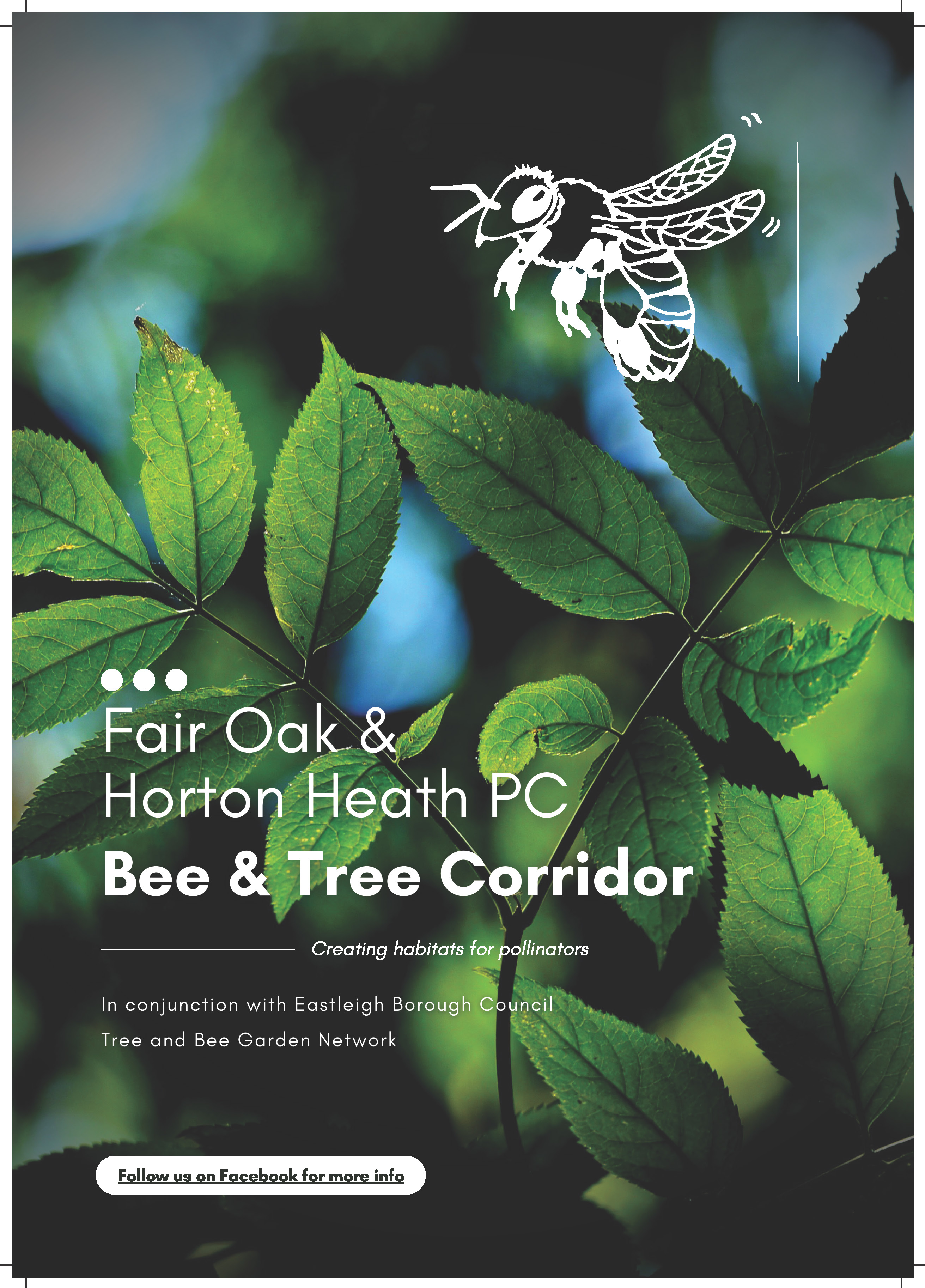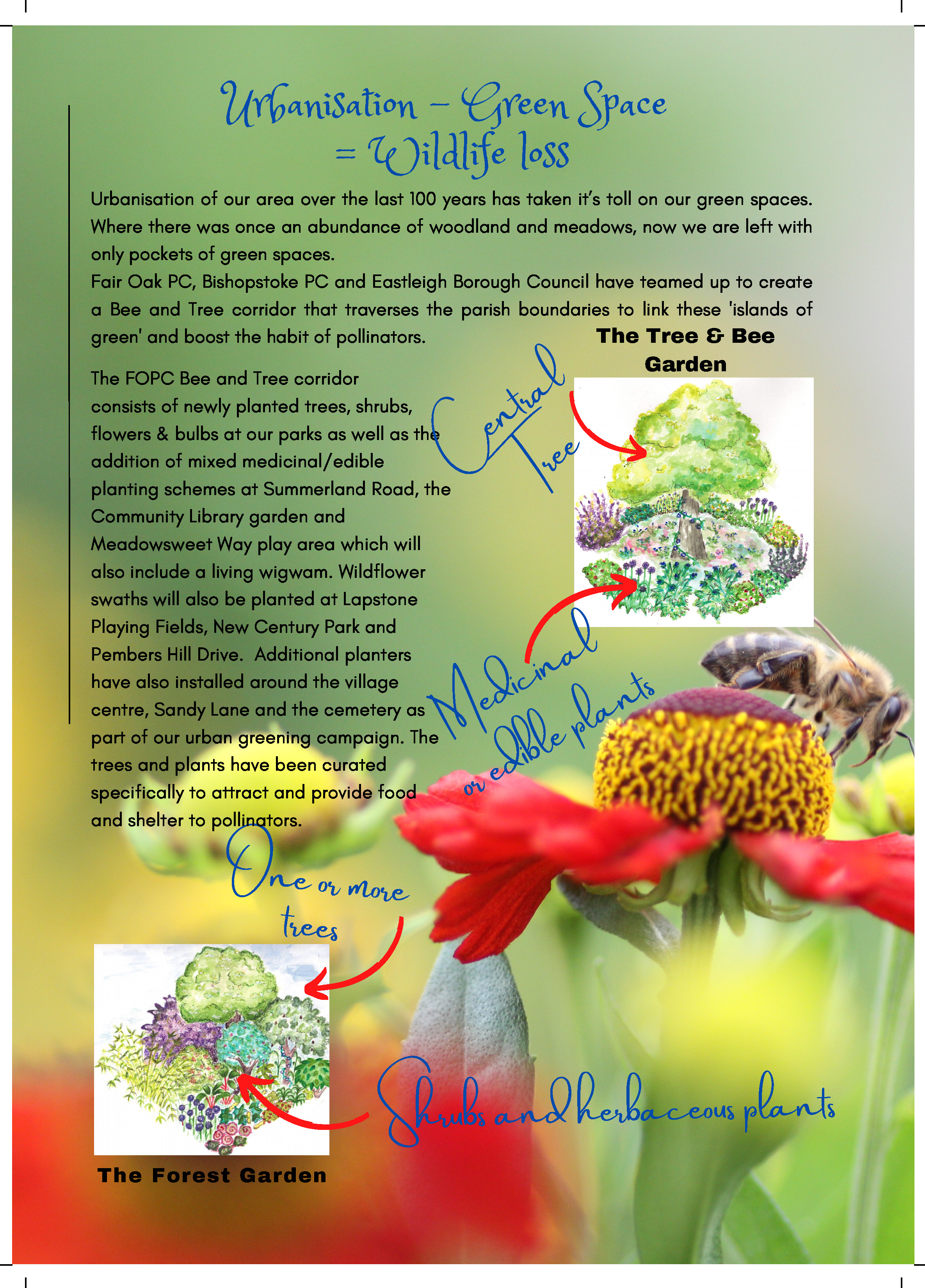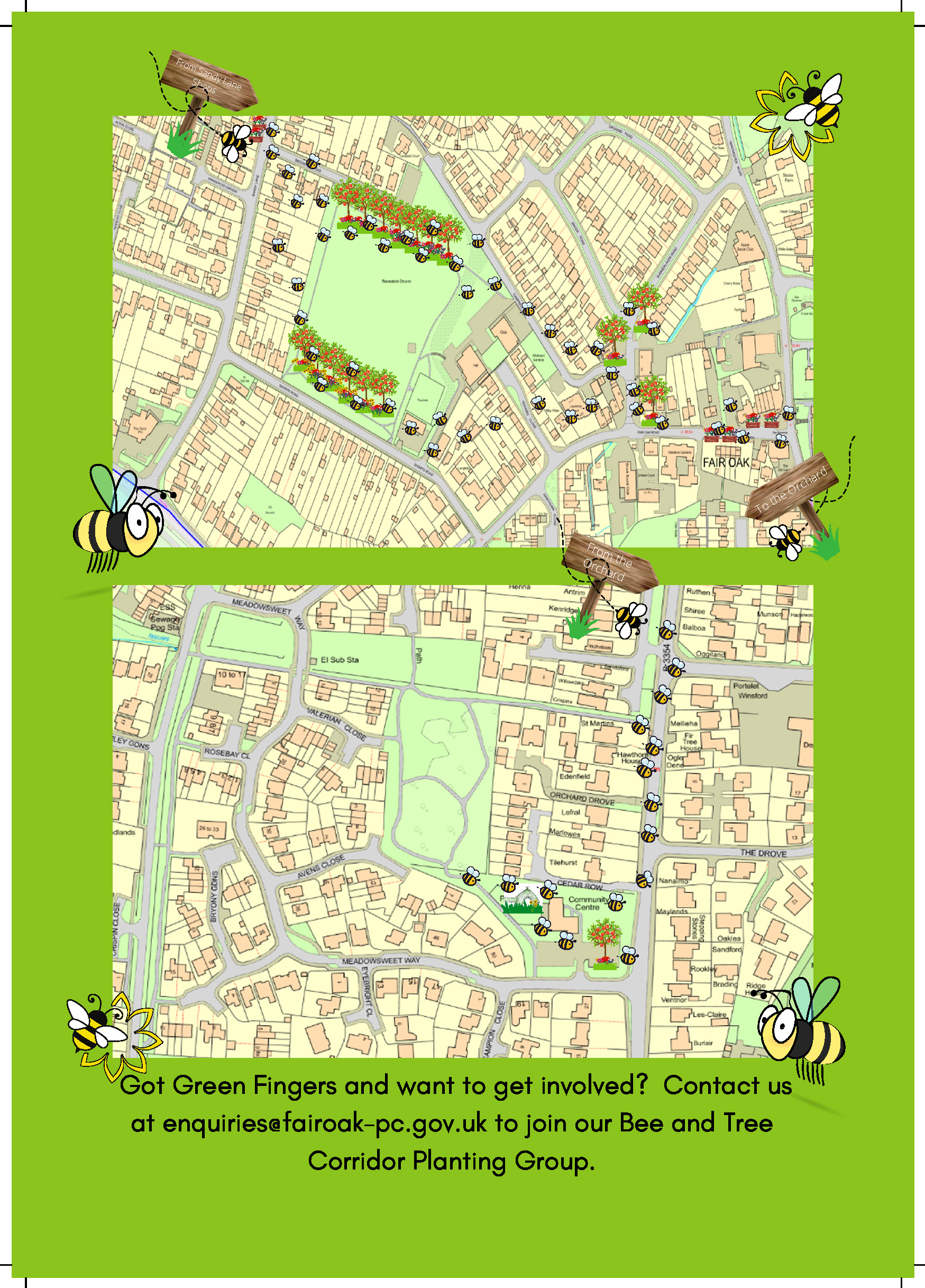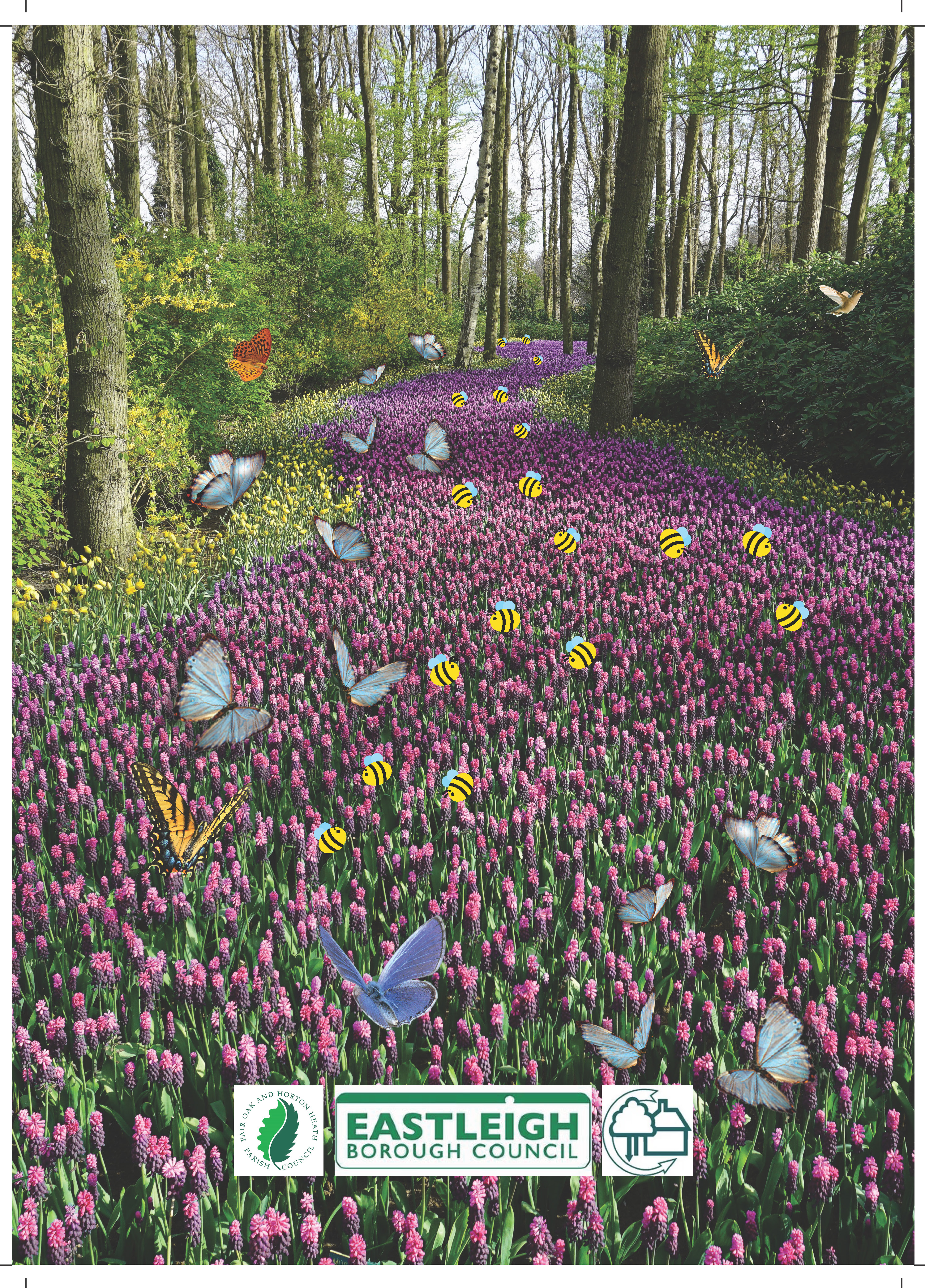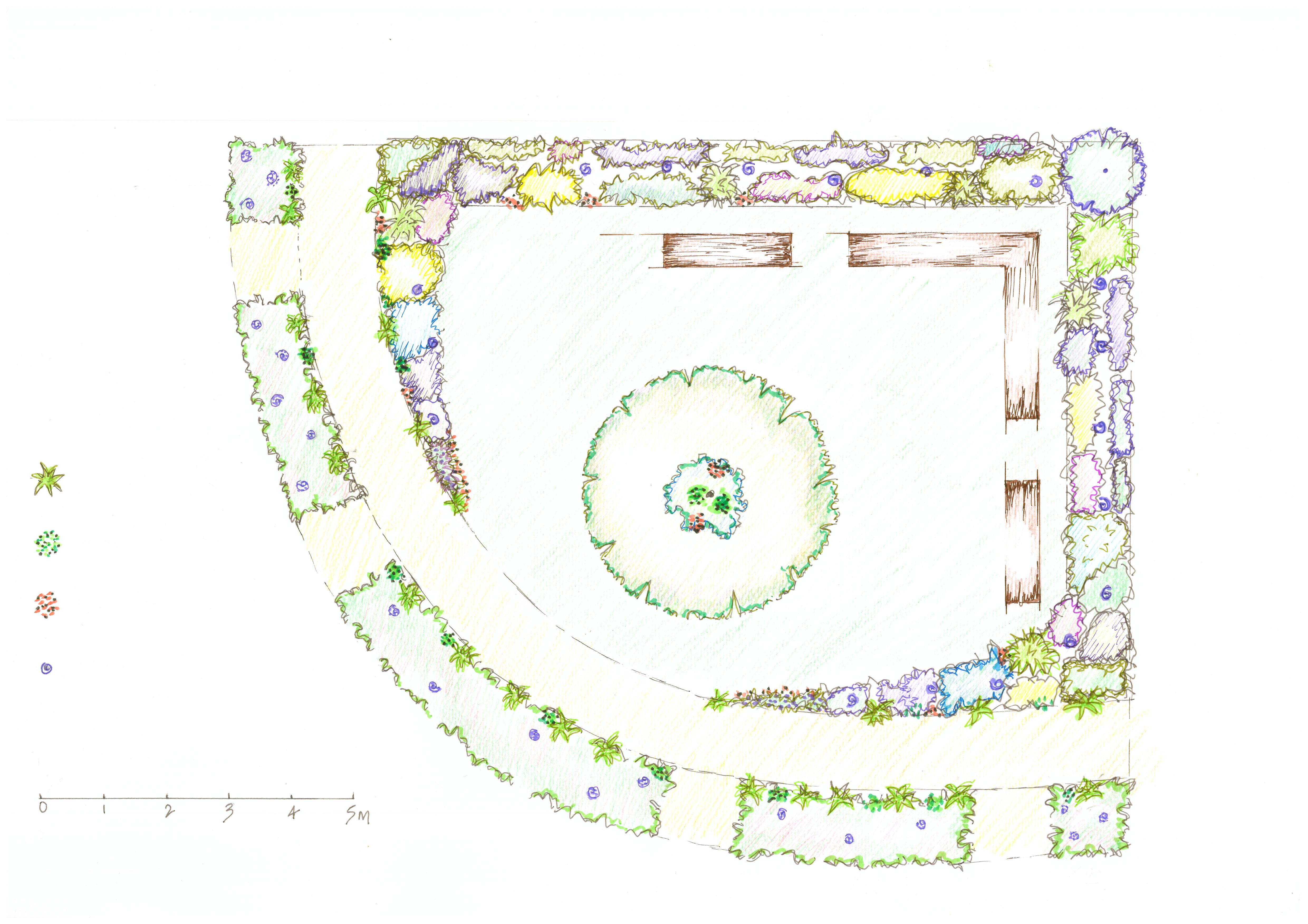Bee and Tree Corridor Project
Recent studies have highlighted the widespread losses in the number of pollinating insects across the U.K. since the 1980s, with key threats to pollinators including climate change, habit loss through development, pesticides, and the spread of invasive species. The continued loss of wild habitats has a huge impact on the decline in pollinators as many butterflies, bees, dragonflies, and moths rely on these flowers to live.
The loss of wildlife habitats in the area has fragmented the natural habits of insects and animals. The corridor project seeks to join these ‘islands’ using existing pockets of open space to allow bees, insects, and wildlife to move freely once again, making them more resilient to future environmental changes.
Tree planting creates a nectar source for bees and other insects while at the same time providing shade and windbreaks, taking up carbon, and refreshing the air with oxygen. Tree roots also help to reduce water runoff during periods of heavy rainfall. The tree and bee gardens have the added benefit of containing edible or medicinal properties, so are effectively community allotments.
Creating and enhancing the existing green infrastructure and wildlife corridors has many environmental benefits, providing wildlife with important connection networks and habitats. The linking of the networks through green infrastructure also creates both economic, social, and health benefits for the wider community to enjoy.

